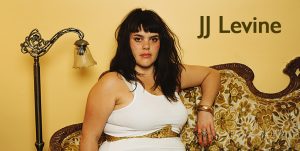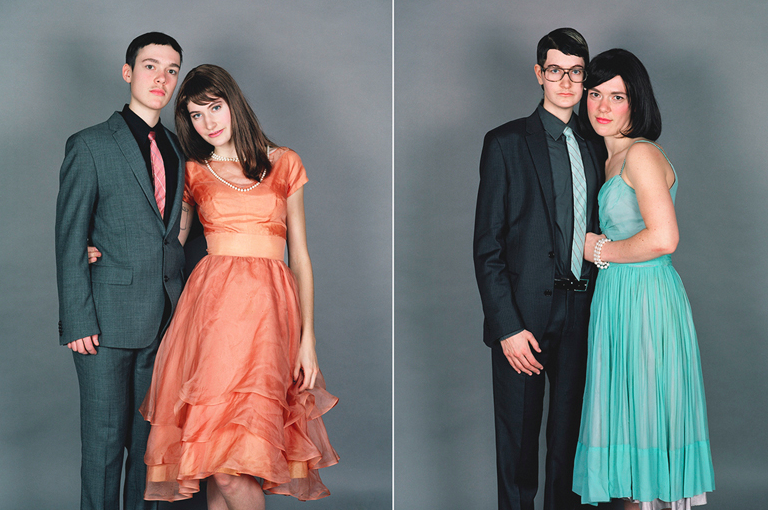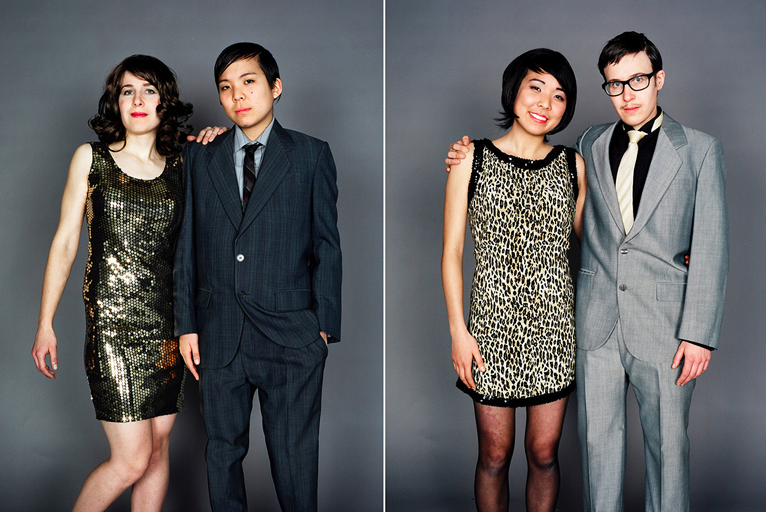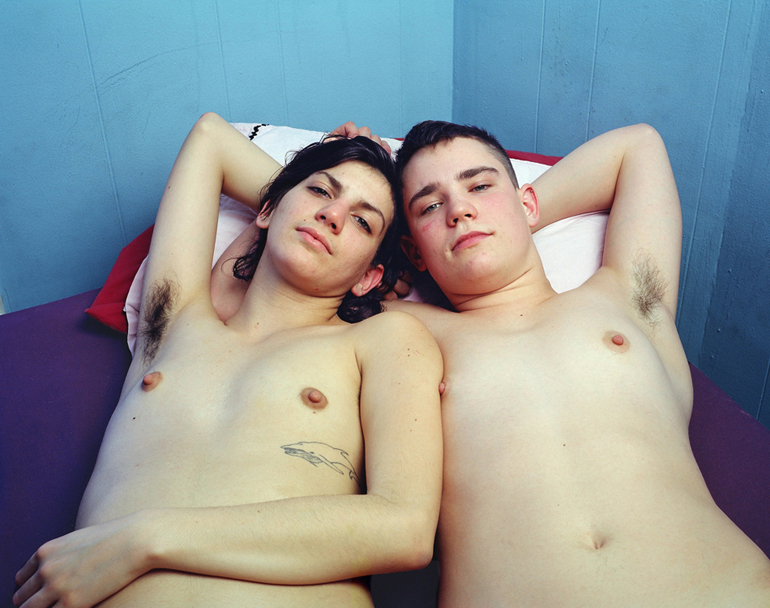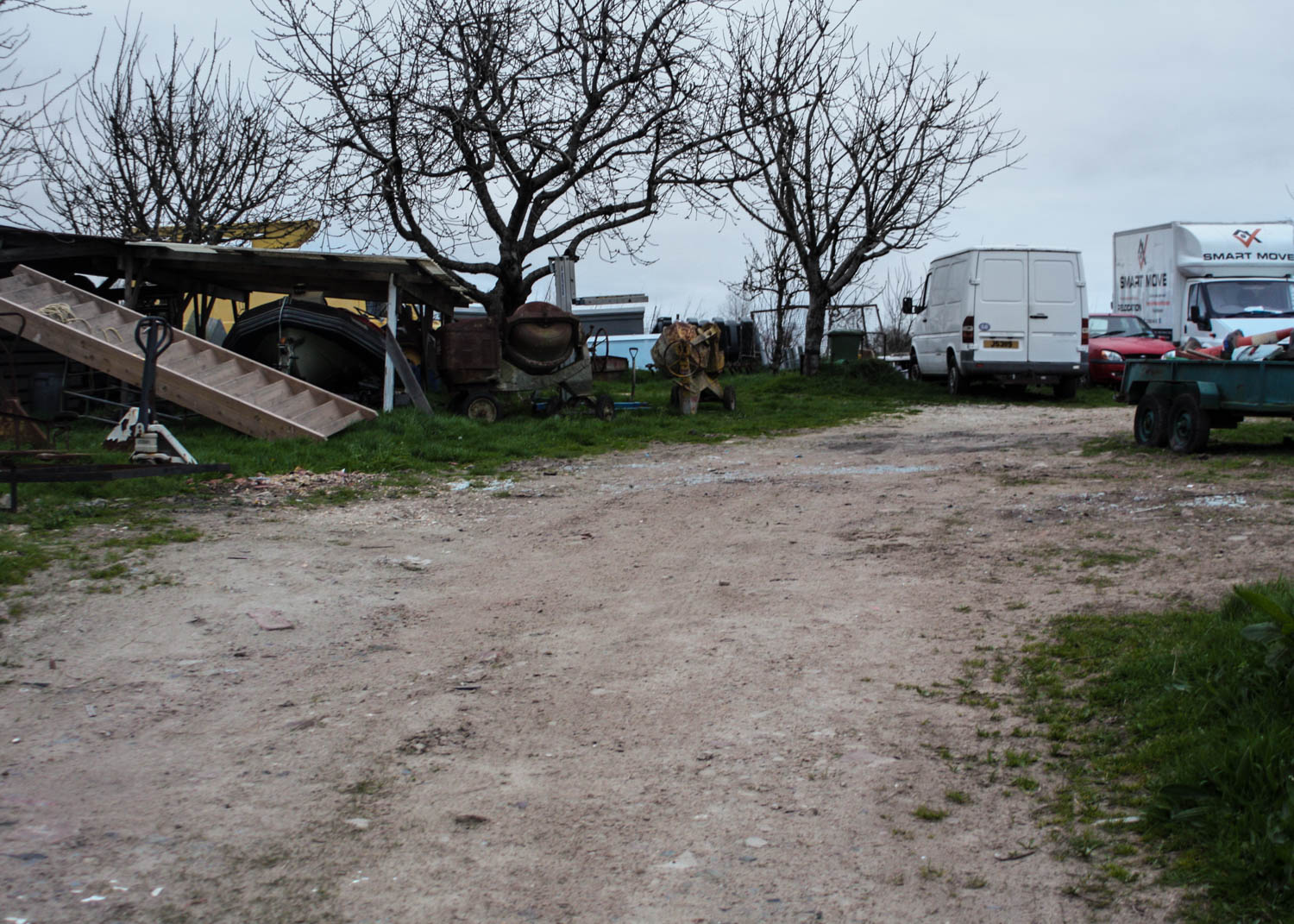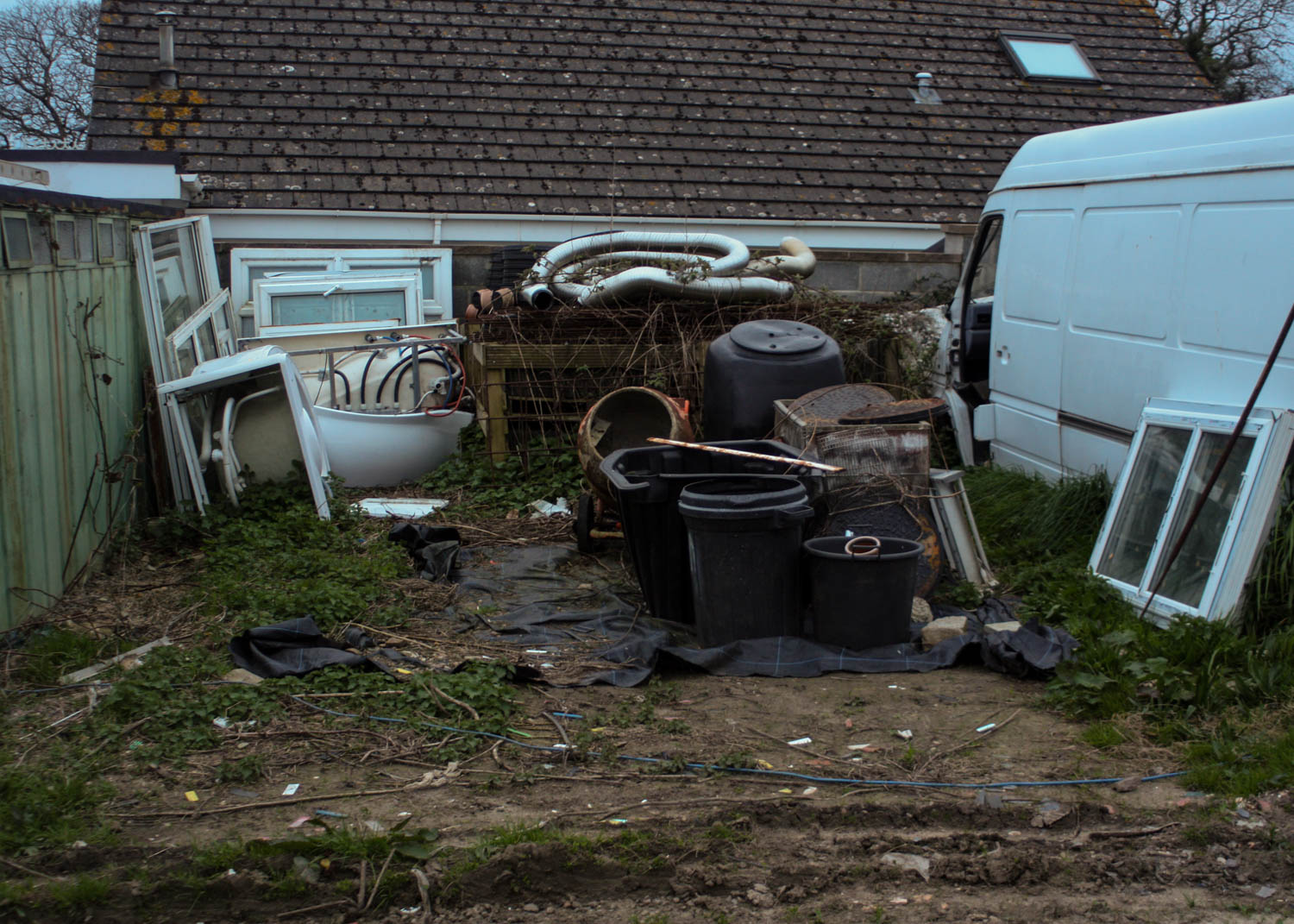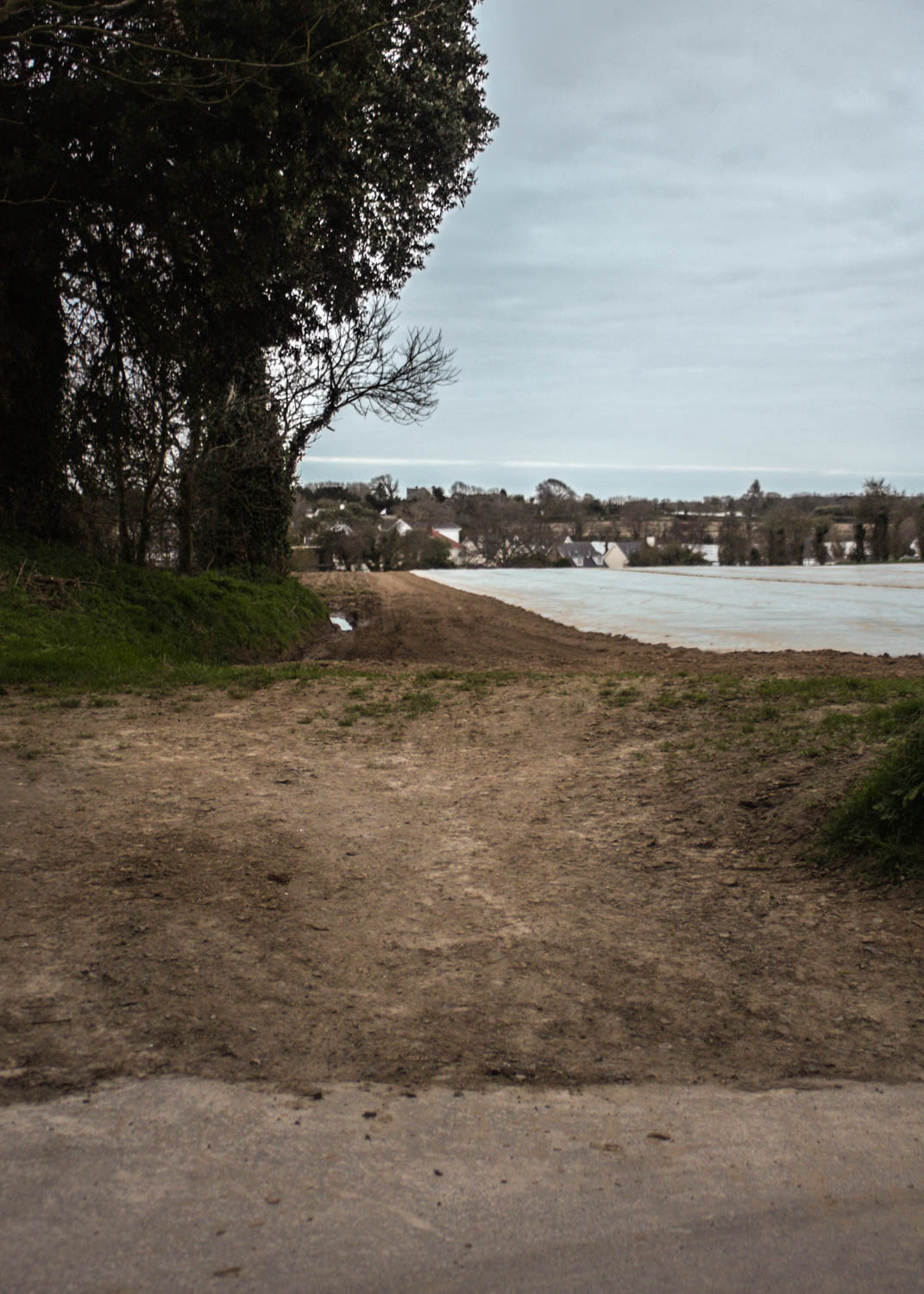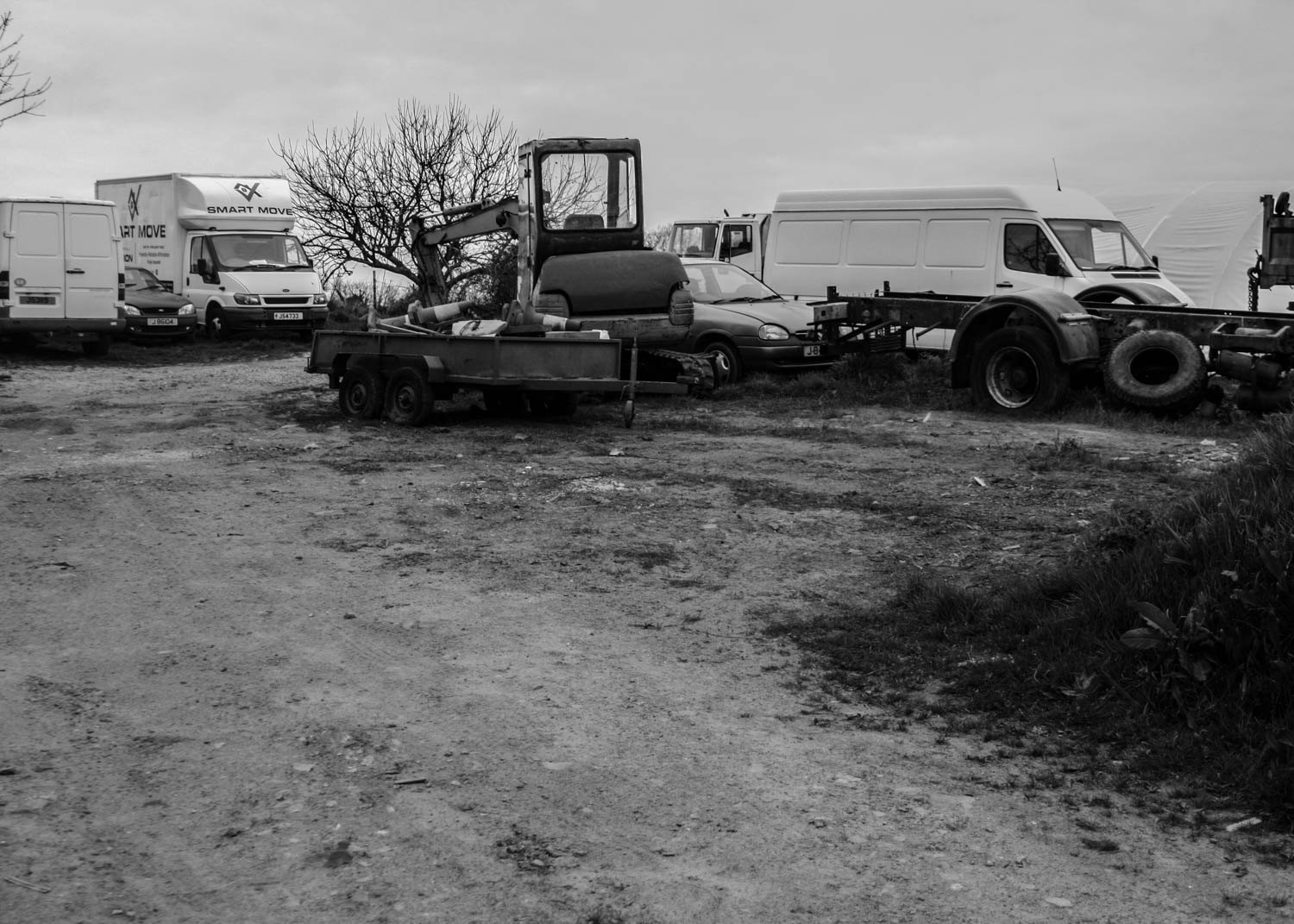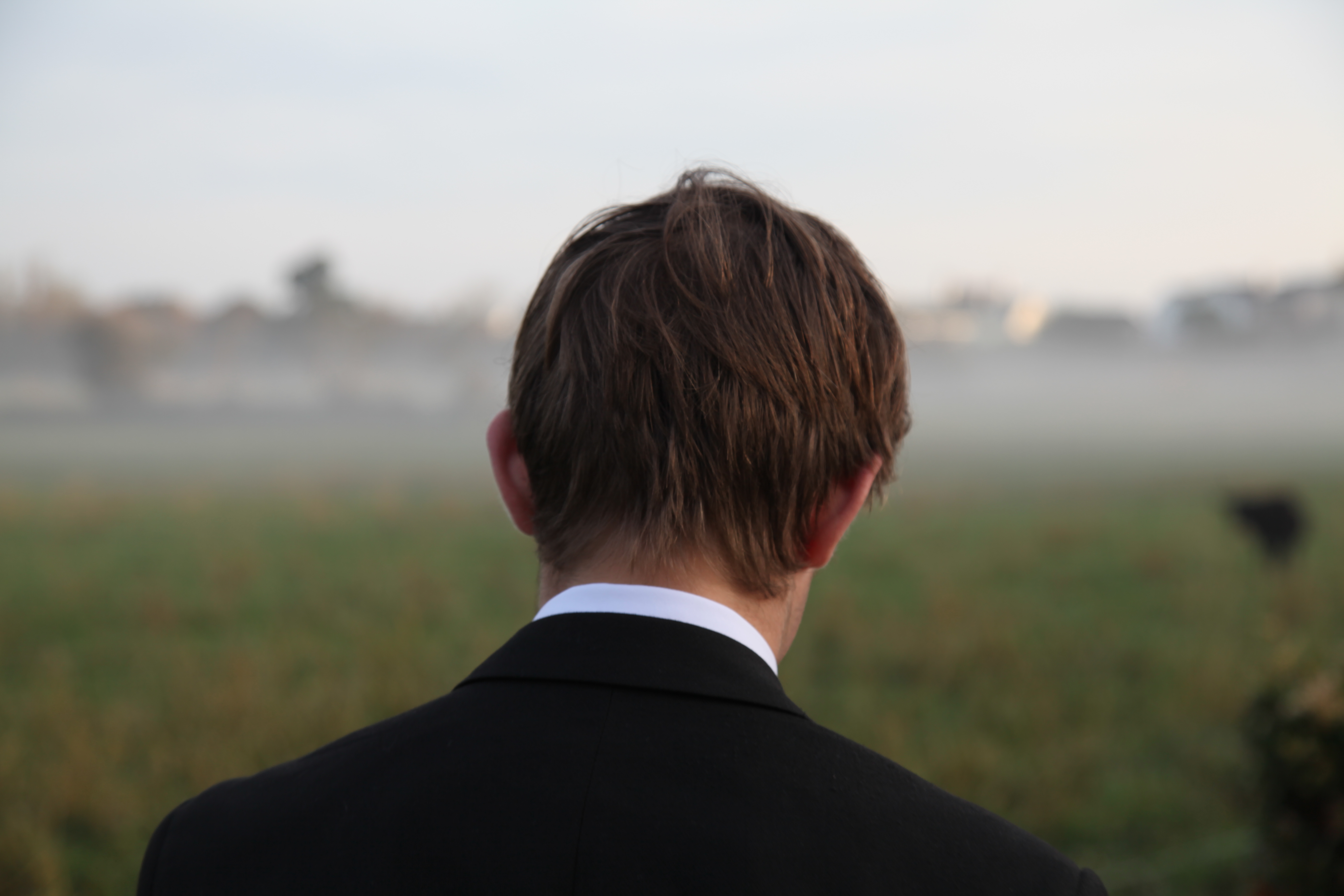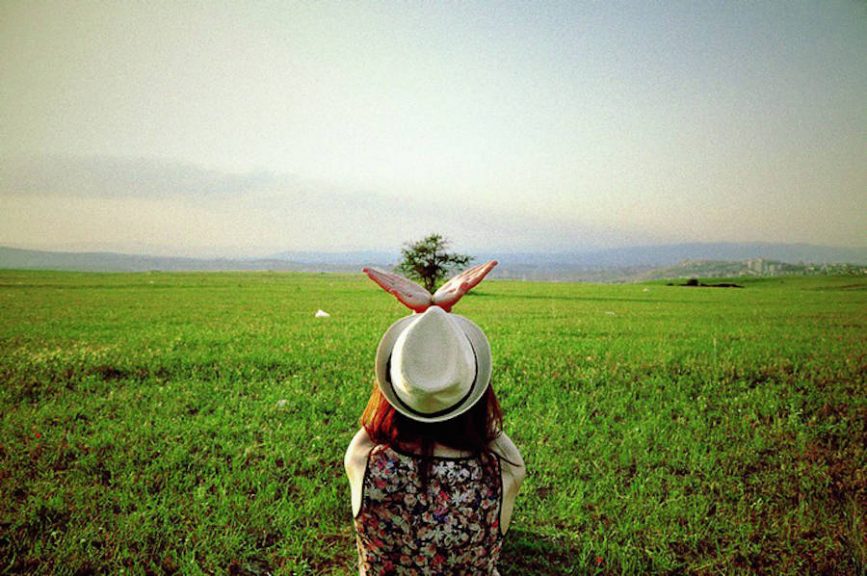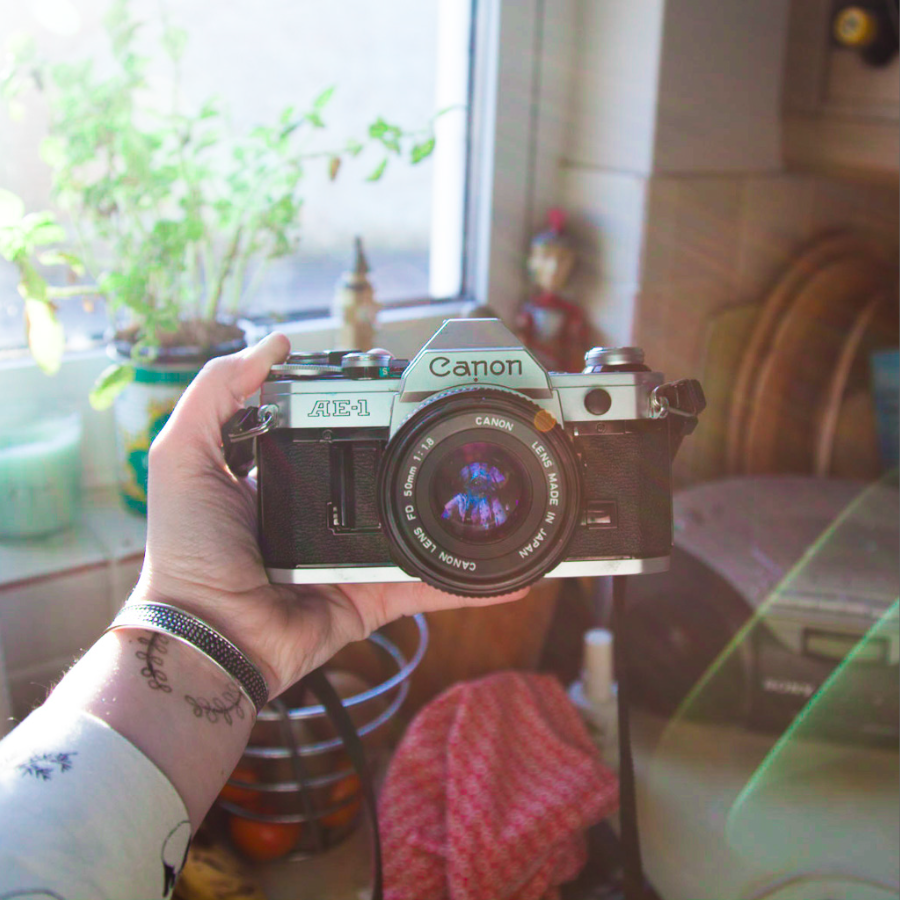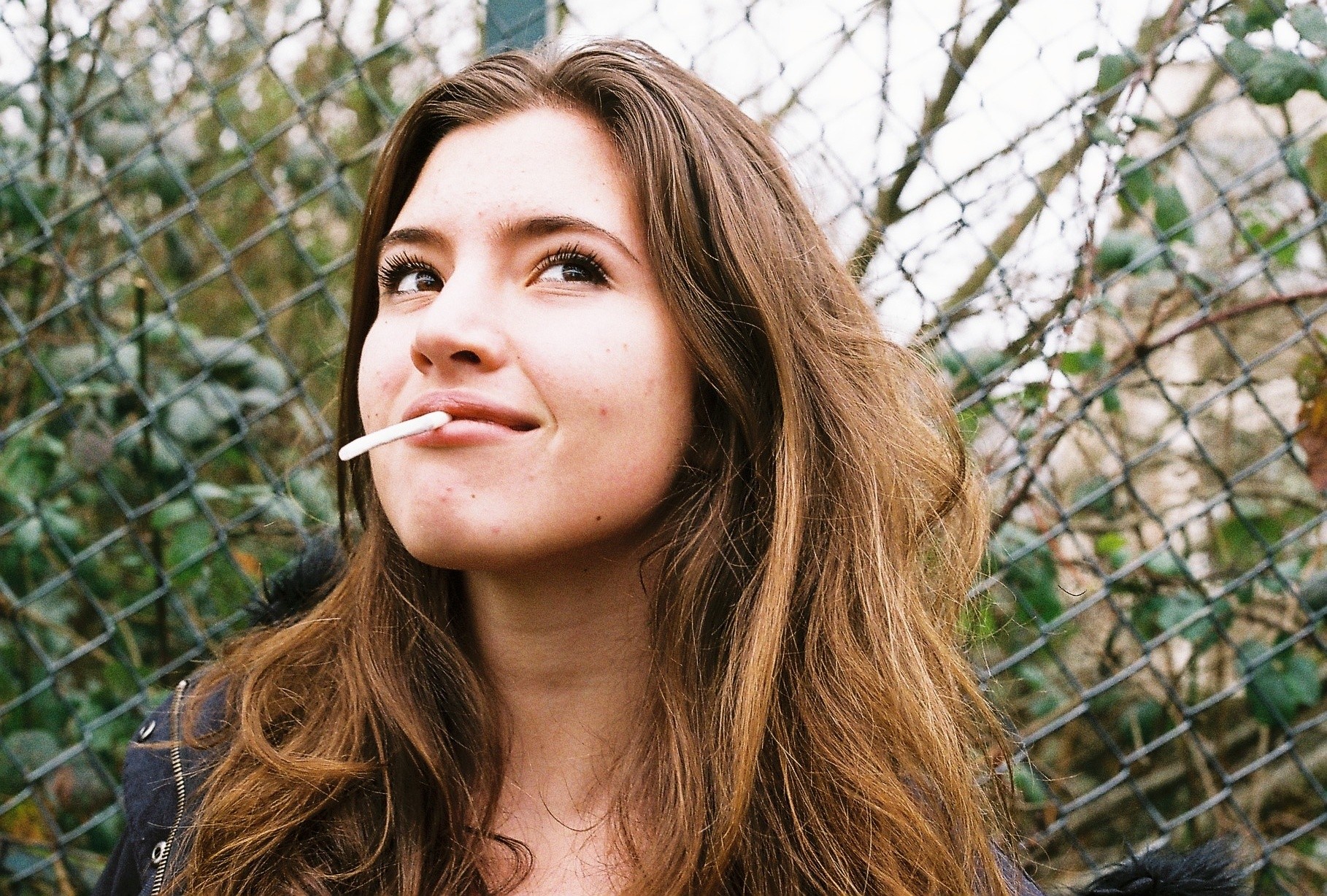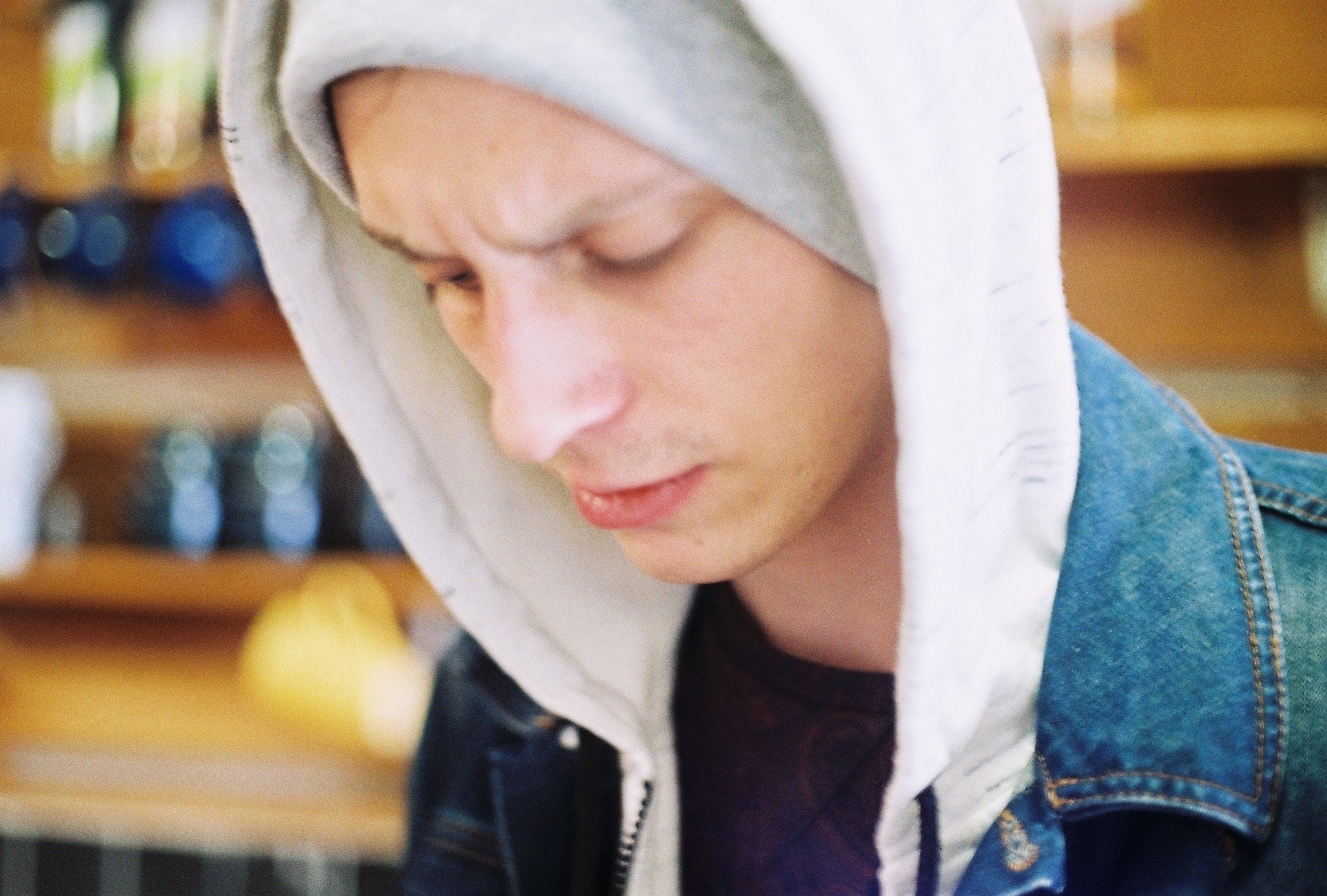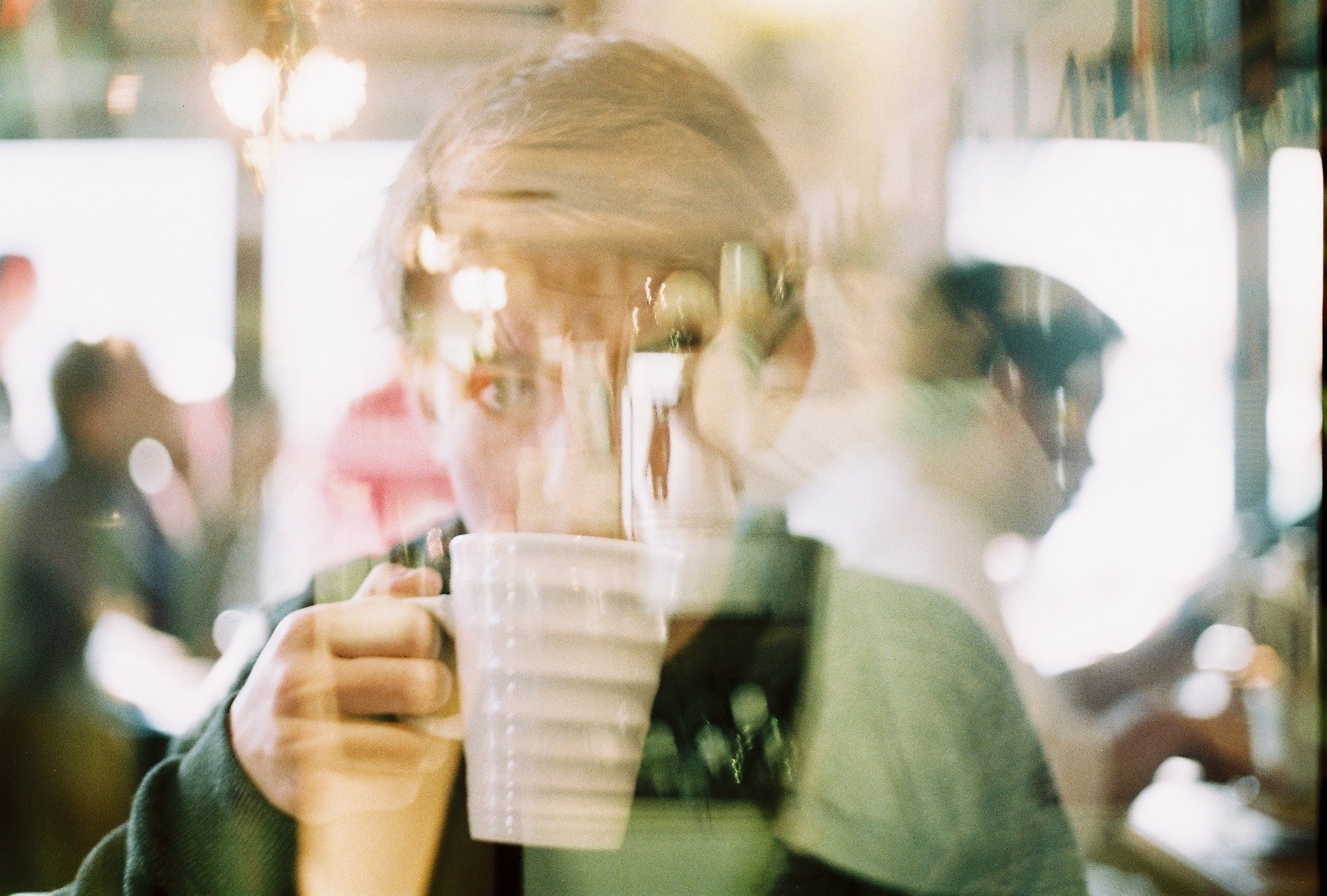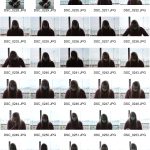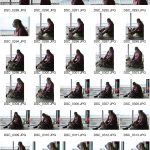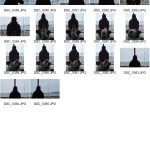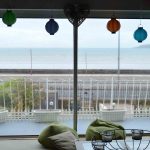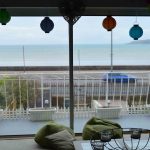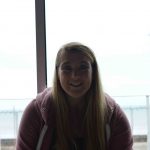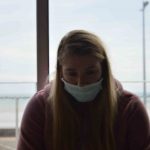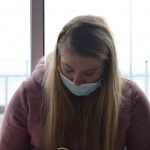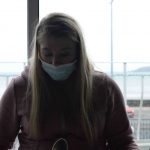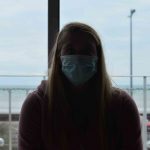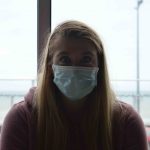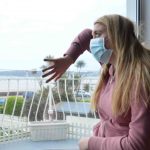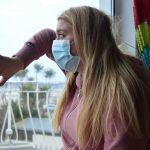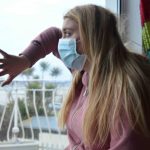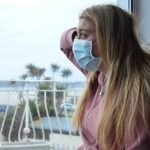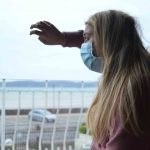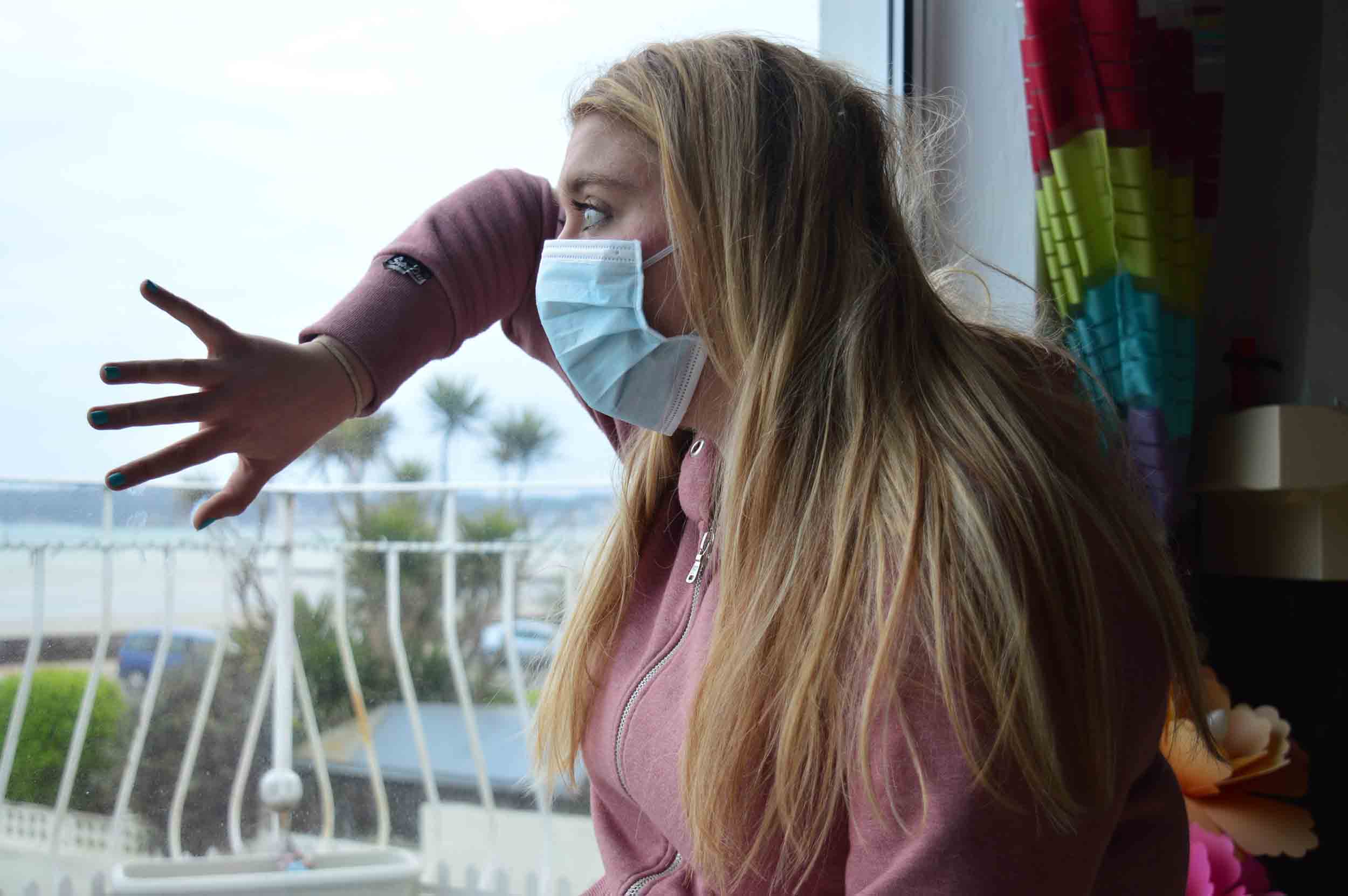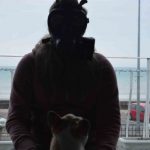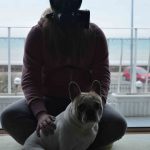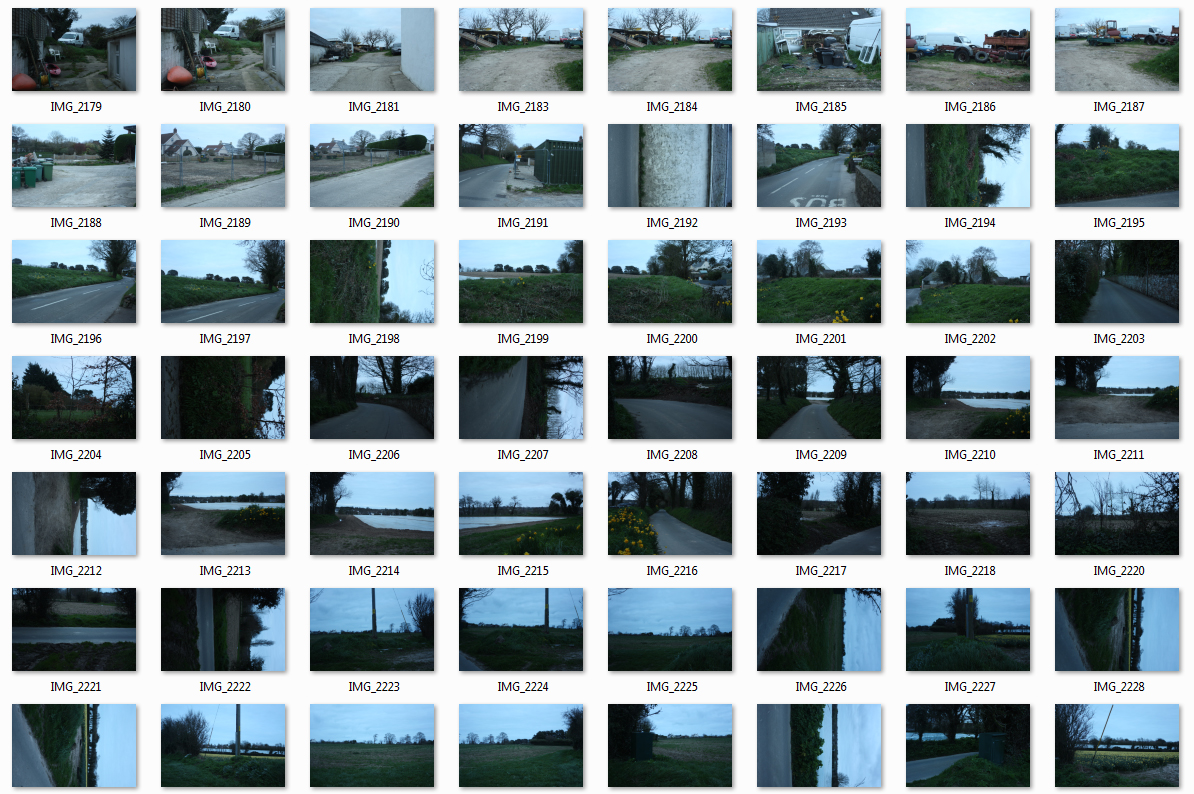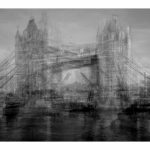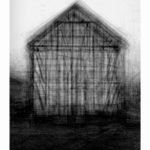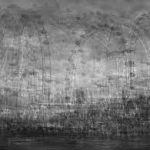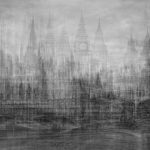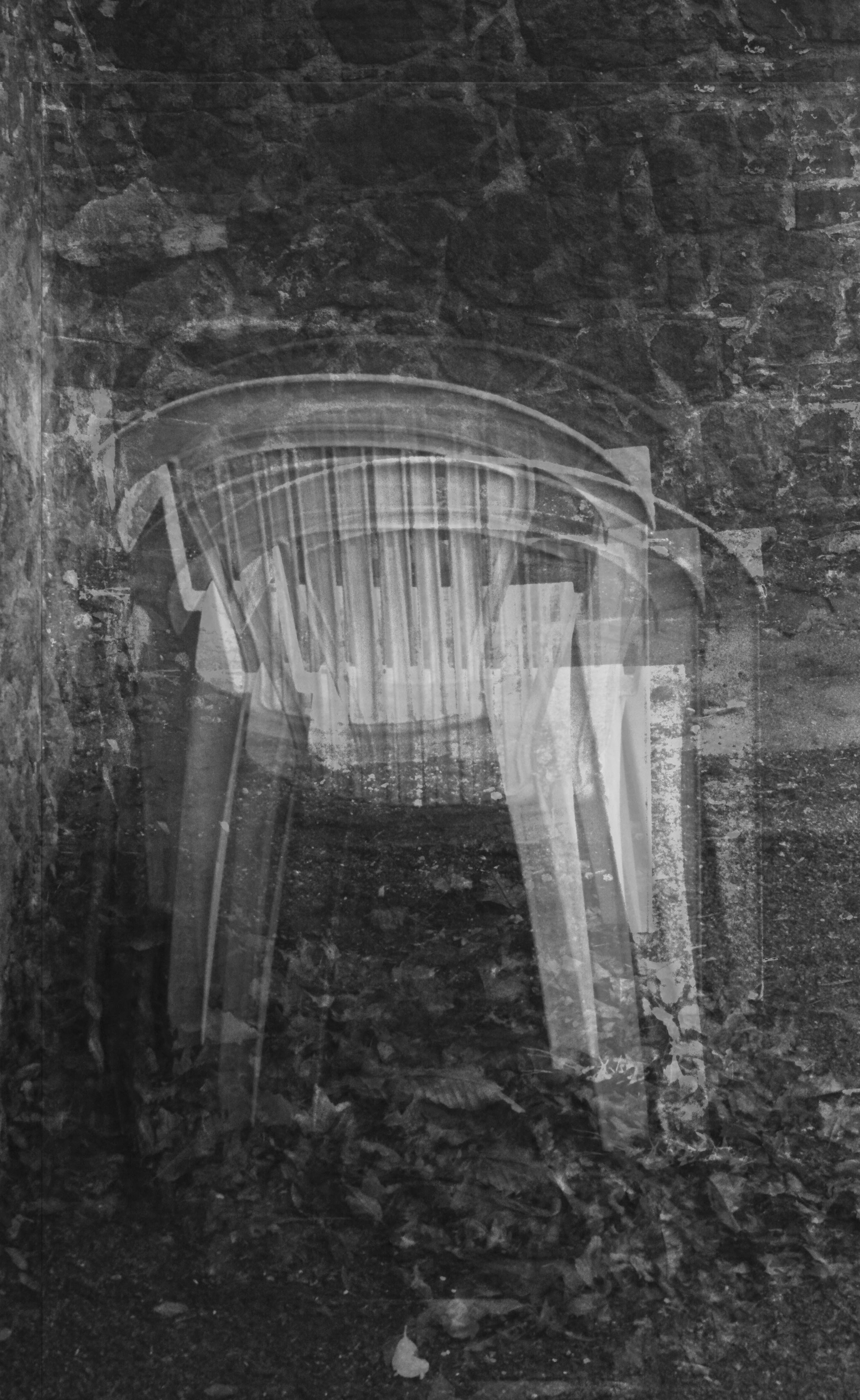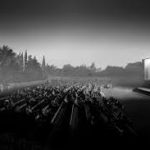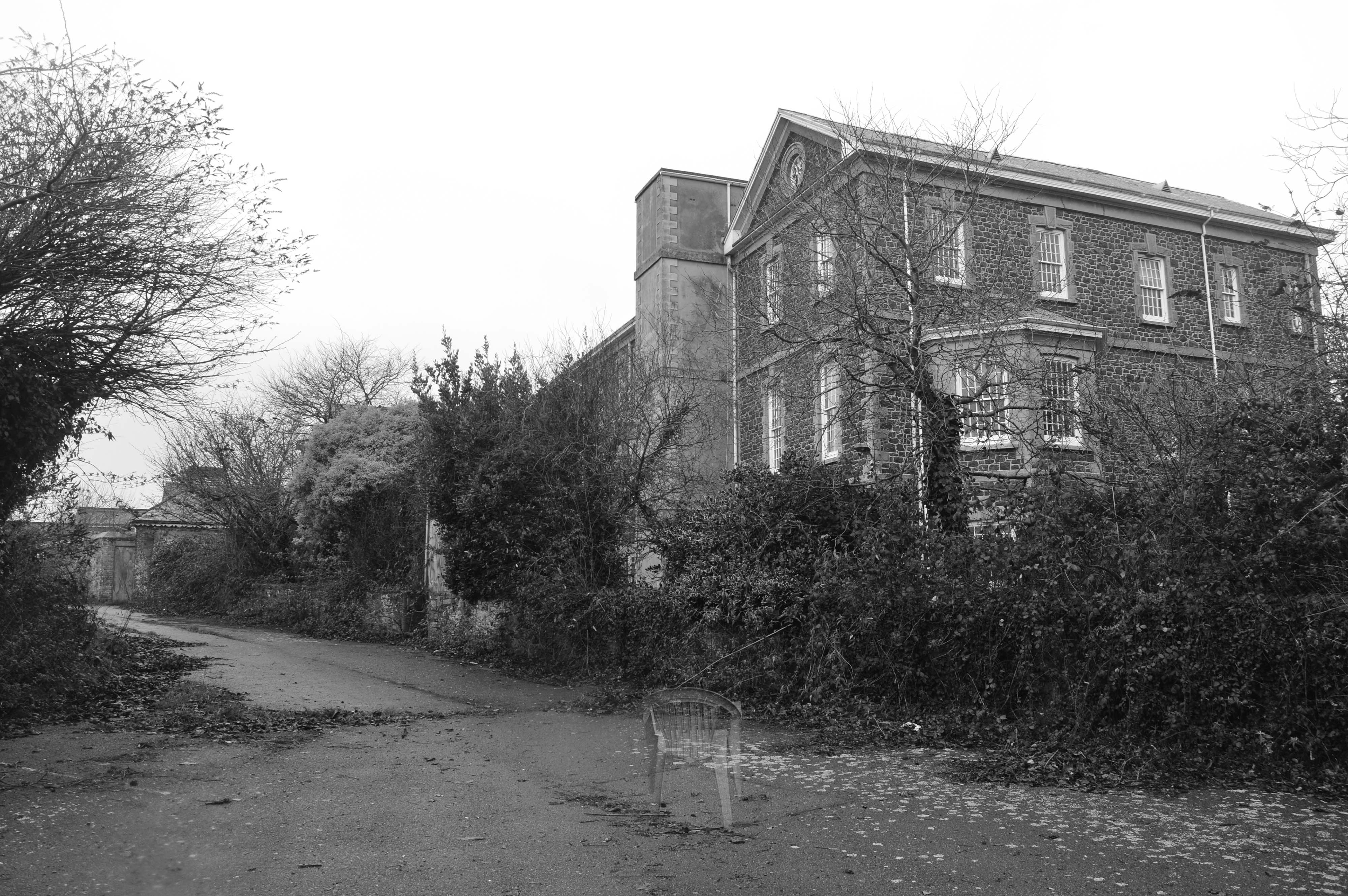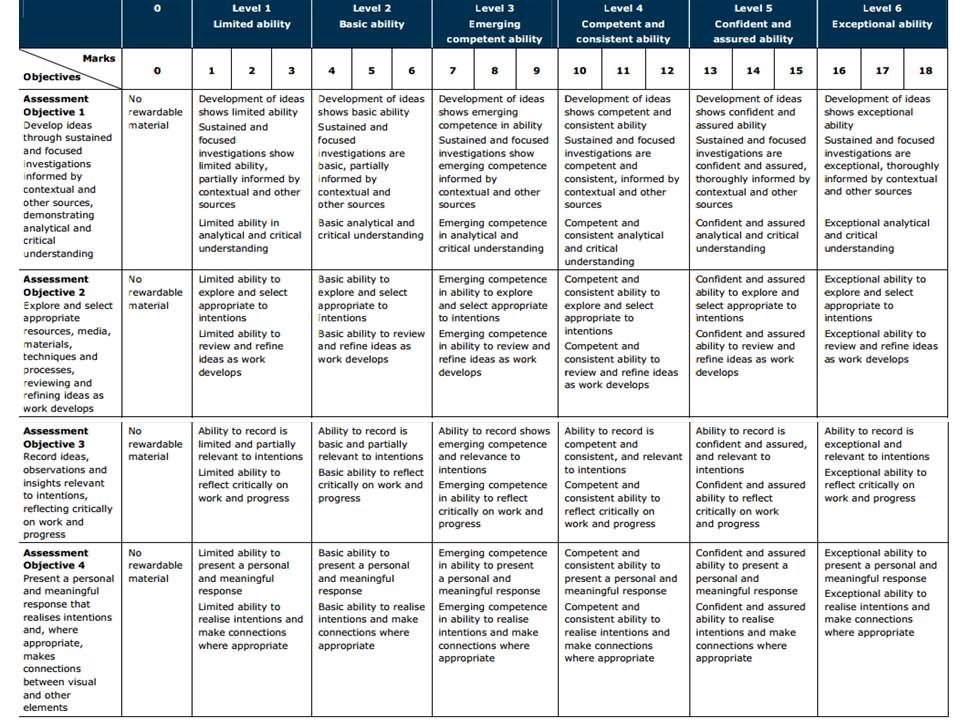
JJ Levine is a trans masculine and gender queer photographer based in Montreal who is best known for her gender bending projects such as “Alone Time” and “Switch”. “Alone Time” consists of a series of tableaux portraits that depict the same model acting out two different characters within the same scene, one character being a woman and the other, a man. “Switch” is a series of diptych images that at first glance depict two heterosexual couples in a prom style studio portrait. However, on closer inspection the images actual consist of two models rather than four. The same two models are used in both images, the couple are dressed as a man and a woman in the first image and in the second, the roles of reversed. The intriguing nature of the images is that it is unclear of what the couples actually genders are and whether or not there are a heterosexual or homosexual couple.
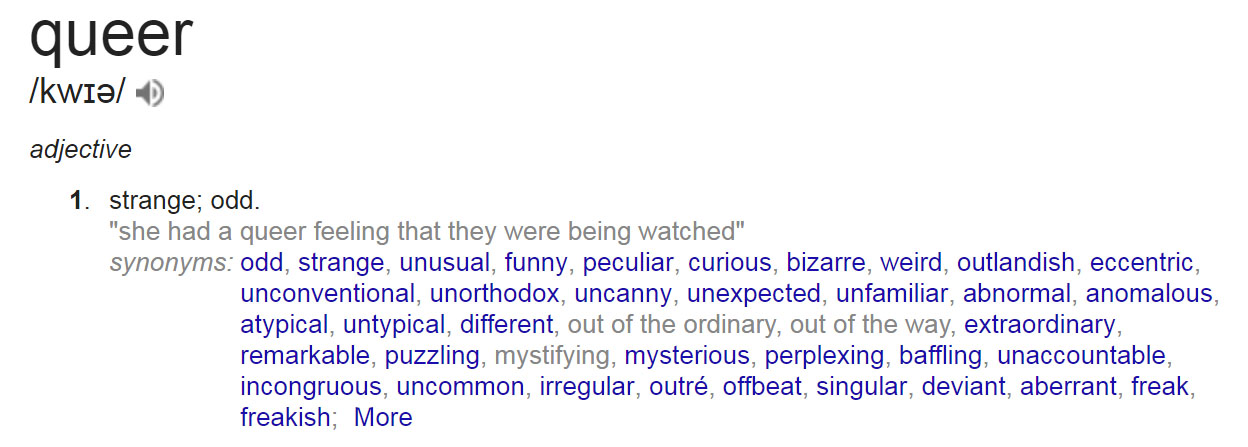
Levine’s work explores the concept of gender roles and strives to break these down but also questions the gender binary and questions whether gender is fluid and not as rigid as society has lead us to believe. JJ Levine’s “Queer Portraits” features many of Levine’s friends and acquaintances that are all part of the LGBT community which, if I am not mistaken can be considered under the umbrella of “queer”. I also believe that this title is significant as “Queer” generally means “strange” or odd” and generally has negative connotation. However, Levine’s subjects are present in a positive way that celebrates the differences and individuality of people. The descriptions of the portraits also do not also reveal what makes these people fit within the LGBT community, usually the image title consist of the name of the subject and the year the portrait was made. However, some images of more than on subject are titled differently, three examples being “Boyfriends in Bed 2011” , “Roommates 2013” and “Girlfriends 2012” (all pictured below) I think that these images are intriguing and beautifully composed.

I was drawn to Levine’s work because of her use of bright colours and striking subjects. Her work has a tableau feel due to the seemingly carefully selected colour schemes and the deliberate posing of the subjects which creates aesthetically pleasing compositions. This idealised controlled enviroment and subjects are themes that I want to include in my own work during this project. I also want to take direct inspiration from her use of colourful backgrounds and have ordered two backdrops to use in my response to her work as well as my own project.

